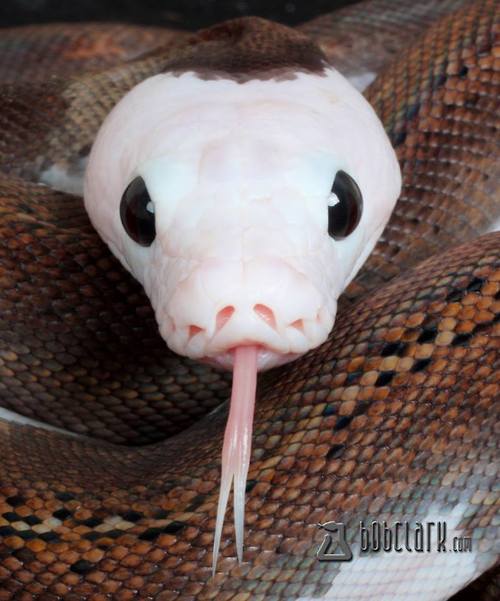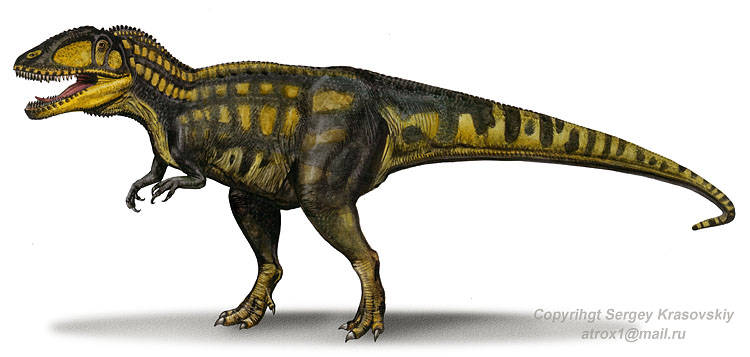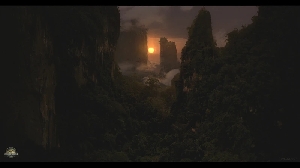Cretaceous Carnage #8
Dinosaurs Forum Topic

Carnosaur
MemberCompsognathusSep 5, 20143108 Views19 RepliesCarcharodontosaurus

Carcharodontosaurus is a genus of Carcharodontosaurid that existed between 100 and 93 million years ago, during the late Albian to early Cenomanian stages of the mid-Cretaceous Period. It is currently known to include two species, C.saharicus and C.iguidensis, which were among the larger theropods, as large as or slightly bigger than Tyrannosaurusand possibly slightly larger than Giganotosaurus, but not quite as large as Spinosaurus.The genus Carcharodontosaurus is named after the shark genus Carcharodon. The Carcharodontosauridae includes some of the longest and heaviest known carnivorous dinosaurs, with various scientists proposing length estimates for the species C. saharicus ranging between 12 and 13 m (39 and 43 ft) and weight estimates between 6 and 15 metric tons.Paleontologists once thought that Carcharodontosaurus had the longest skulls of any of the theropod dinosaurs. However, the premaxilla and quadrate bones were missing from the original African skull, which led to misinterpretation of its actual size by researchers. A more modest length of 1.6 meters (5.2 ft) has now been proposed for C. saharicus, and the skull of C. iguidensis is reported to have been about the same size. Currently, the largest known theropod skull belongs to anotherhuge carcharodontosaurid dinosaur, the closely related Giganotosaurus (with skull length estimates up to 1.95 m) (6.3 ft).
Tyrannosaurus

Tyrannosaurus is a genus of Tyrannosaur from the late cretaceous of North America. commonly abbreviated to T. rex, is a fixture in popular culture. The T. rex lived throughout what is now western North America, which then was an island continent named Laramidia. Tyrannosaurus had a much wider range than other tyrannosaurids. Fossils are found in a variety of rock formations dating to the Maastrichtian age of the upper Cretaceous Period, 67 to 66 million years ago. It was among the last non-avian dinosaurs to exist before the Cretaceous–Paleogene extinction event.Like other tyrannosaurids, Tyrannosaurus was a bipedal carnivore with a massive skull balanced by a long, heavy tail. Relative to its large and powerful hind limbs, Tyrannosaurus fore limbs were short but unusually powerful for their size and had two clawed digits. Although other theropods rivaled or exceeded Tyrannosaurus rex in size, it was the largest known tyrannosaurid and one of the largest known land predators. In fact, the most complete specimen measures up to 12.3 m (40 ft) in length, up to 4 metres (13 ft) tall at the hips, and up to 6.8 metric tons (7.5 short tons) in weight. By far the largest carnivore in its environment, Tyrannosaurus rex may have been an apex predator, preying upon hadrosaurs, ceratopsians, and possibly sauropods; It is estimated to be capable of exerting one of the largest bite forces among all terrestrial animals.
Nature doesn't deceive us; it is we who deceive ourselves.
Replies to Cretaceous Carnage #8
Hey Guest, want to add your say?
Are you an avid Jurassic World fan looking for a dedicated online community of likeminded fans? Look no further! Create your own profile today and take part in our forums and gain XP points for all the content you post!
















